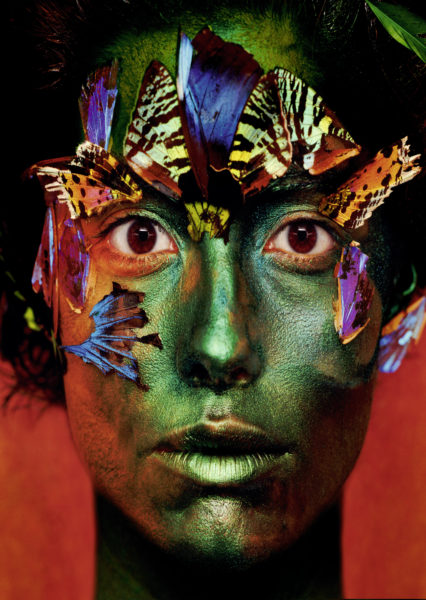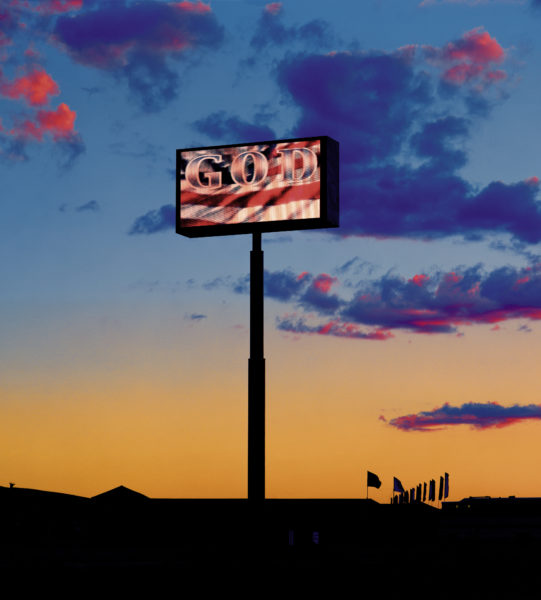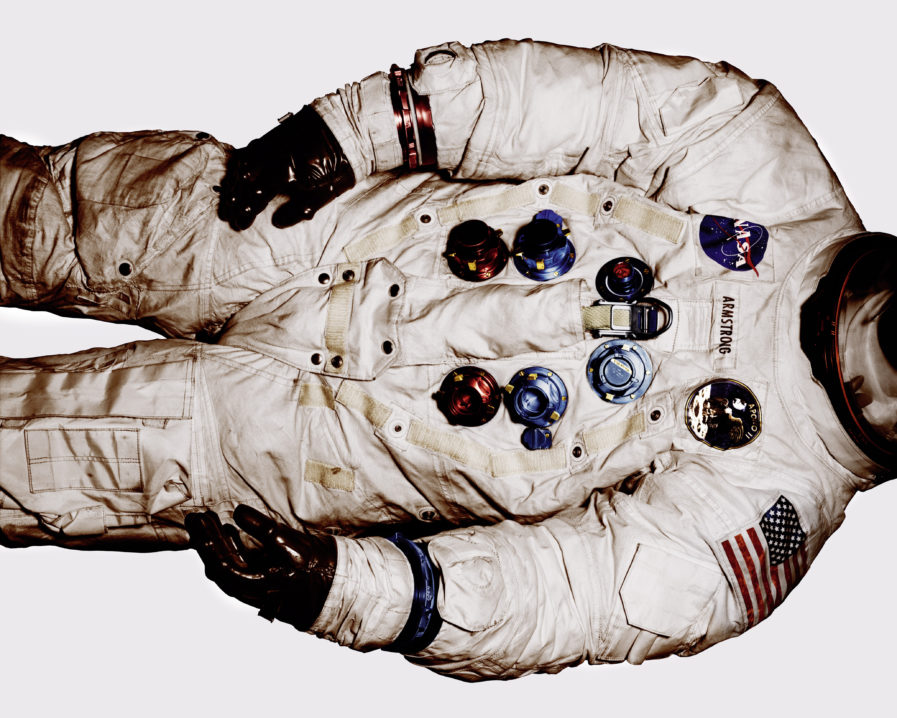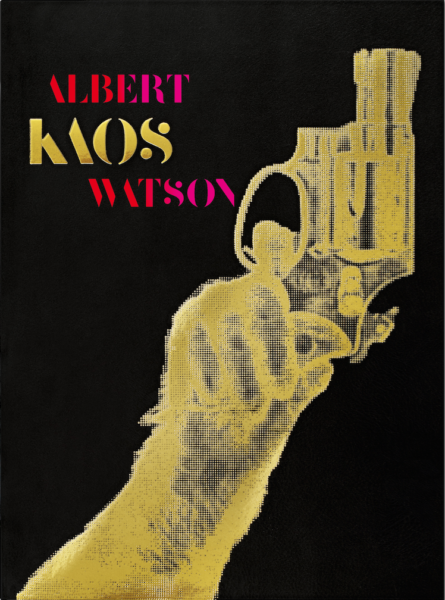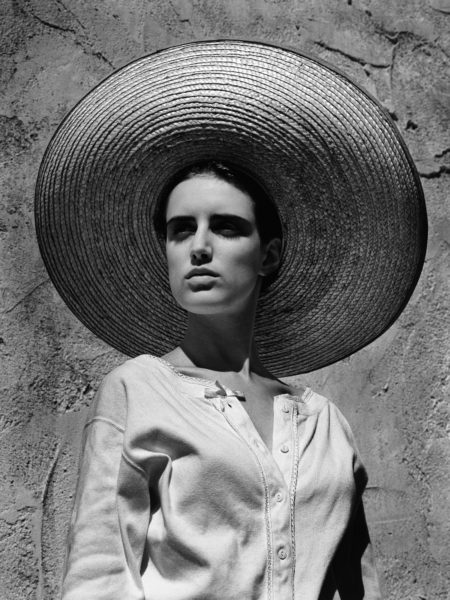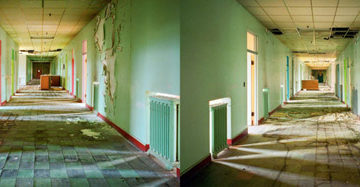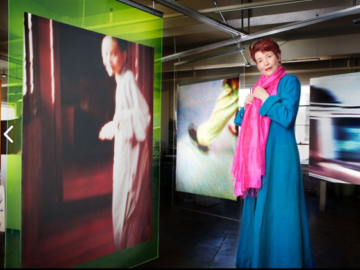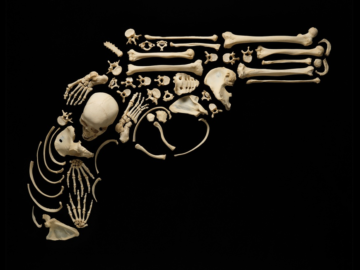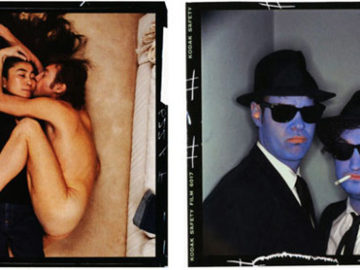Above: “Neil Armstrong’s Spacesuit from First Moonwalk,” The Smithsonian Air & Space Museum, 1990, from Albert Watson’s new book Kaos. All photos © Albert Watson, courtesy Taschen
Graphis Master photographer Albert Watson has always defied categorization. “In 99 percent of art, recognizability is a comfortable factor,” Watson opined in an extensive profile in Issue 293 of Graphis magazine. “My recognizability is going to have to be in the diversity.” His stylistic eclecticism is on dazzling display in a new retrospective tome from Taschen called Kaos, with an accompanying exhibition running October 19–December 1 at the Taschen Gallery in Los Angeles.

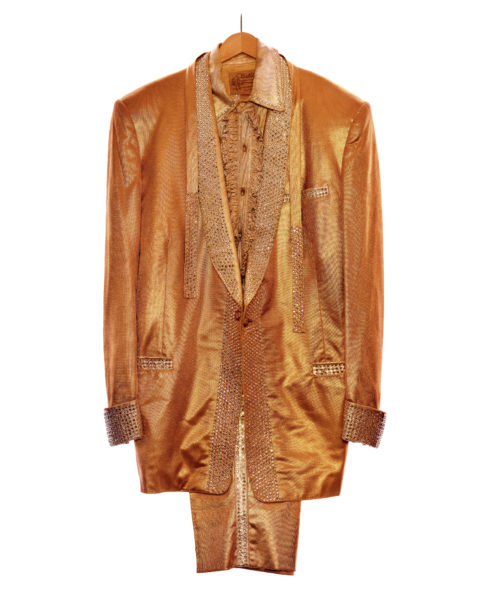
A prolific celebrity photographer, Watson is known for putting famous people at ease—as in his 2006 portrait of Apple founder Steve Jobs (above left), which later graced the cover of Walter Issacson’s 2011 biography. “How long do you need me for?” Jobs asks in an anecdote in Kaos. “They said I could have you for an hour but I only need half an hour,” Watson replied. “Great,” Jobs said, “Oh my god, you’re still shooting film? Why?” “I don’t think digital is quite there yet,” Watson answered. “You know, I agree with you,” Jobs said before pointing a finger at the lensman: “But we will get there!”
Along with assigned portraiture (Rolling Stone,GQ) and fashion work (Vogue, Harper’s Bazaar), Watson has created fine art from cultural artifacts, such as Elvis’s lamé suit (above right) shot at Graceland in 1991. Though he was born blind in one eye (hence the Cyclops title of his 1994 book), Watson’s work evinces his training in graphic design.
The cover shot for the Kaos deluxe box edition is a negative facsimile of Watson’s famed 1992 image “Monkey with Gun.” “I had done an advertising job with the monkey, Casey, and the monkey and I bonded,” Watson recalls. “After that, I put aside a day to do all these monkey pictures as a personal project, and the chimp with the gun was one of them.” Watson revisits the classicism of early–20th Century portraitists like Edward Weston and Tina Modotti in “Charlotte with Sombrero, Arizona, 1988” (above right).
